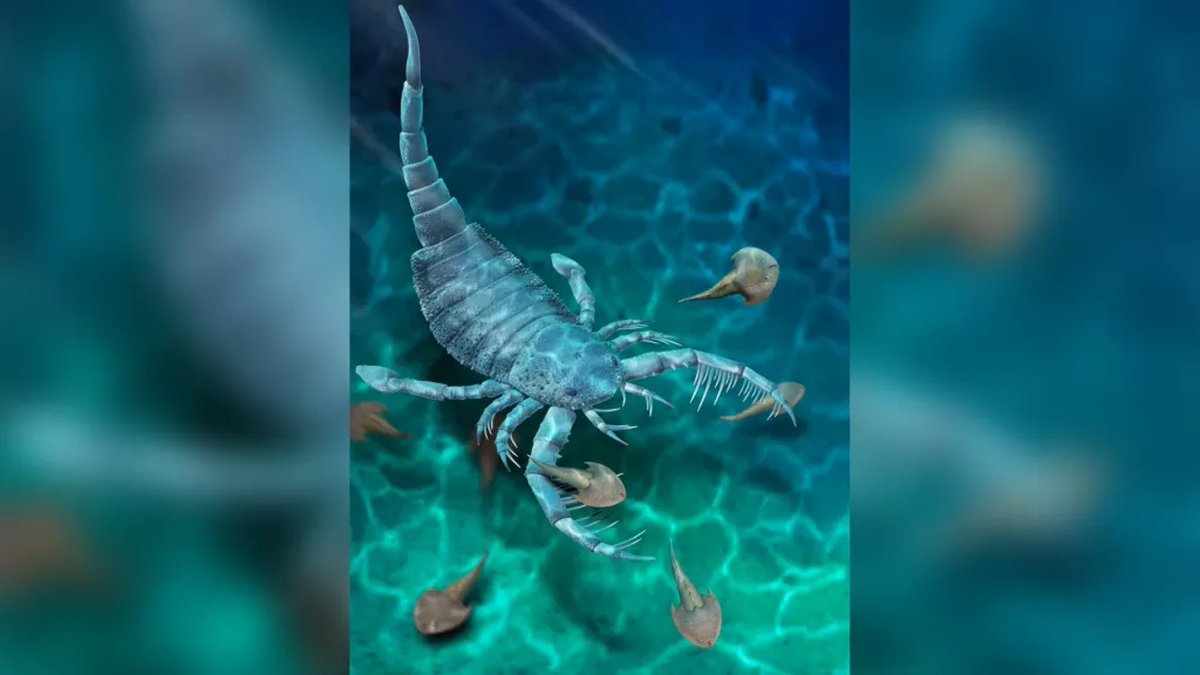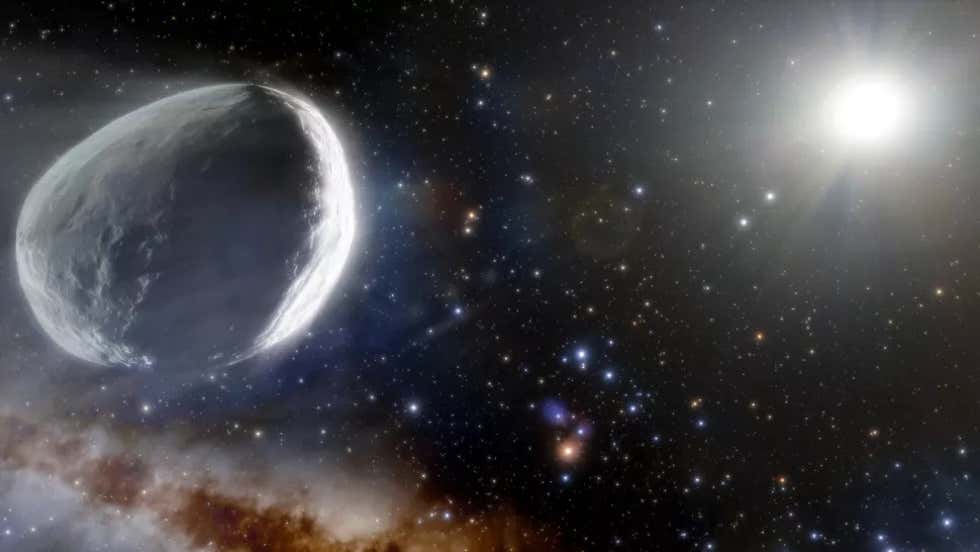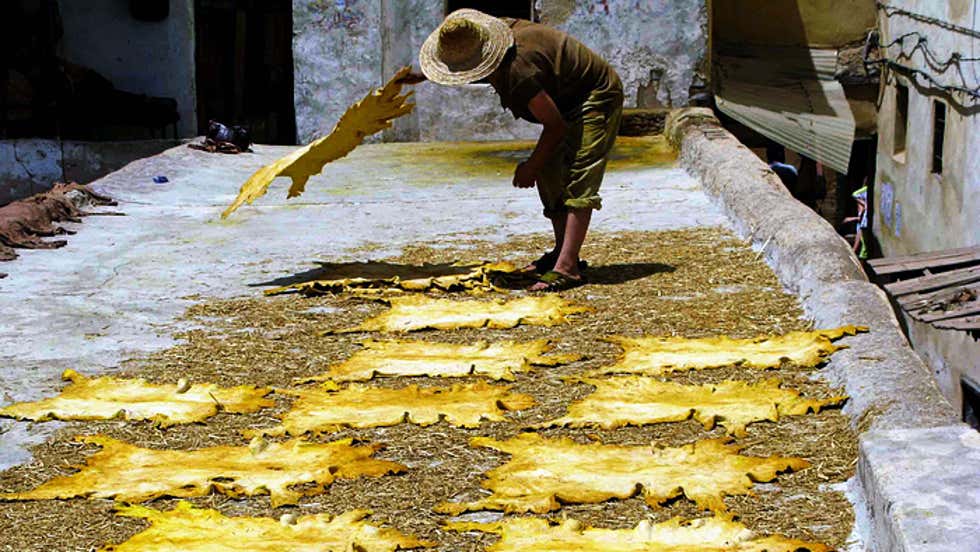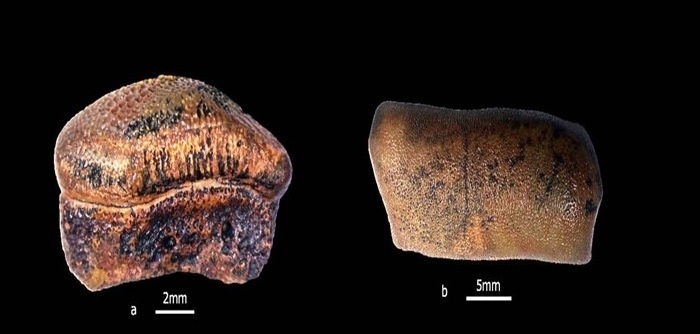
This tiny crab, which was trapped in amber about 100 million years ago, has completely changed our understand of #crab evolution!
Read: weather.com/en-IN/india/sc…
📸: Lida Xing
Thread! 👇
Read: weather.com/en-IN/india/sc…
📸: Lida Xing
Thread! 👇
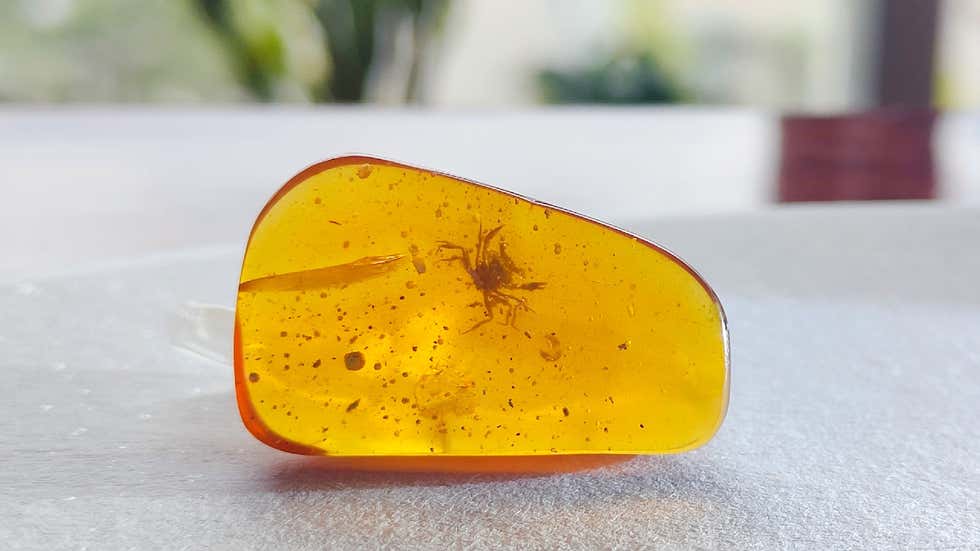
Sometime during the Cretaceous Era, roughly 100 million years ago, a tiny crab marched out of its home in the sea, climbed a tree, and got itself trapped in a dollop of tree trunk goop.
But little did this young crustacean know that the amber would immortalise it!
But little did this young crustacean know that the amber would immortalise it!
Fast forward to 2015, when researchers stumbled upon a piece of amber jewellery with a two-millimetre-long crab lodged in it in a market in Tengchong, China.
"When I saw it for the first time, I could not believe my eyes. This spectacular crab looks so modern, like something you may find in B.C. flipping rocks, but it is actually quite old & different from anything seen before—fossil or alive," said Javier Luque, a research associate.
This find is even more remarkable because the most well-known amber fossils are usually terrestrial arthropods, primarily insects, created from resin dripped from tree bark.
As aquatic animals are unlikely to be near trees, their amber fossils tend to be very rare.
As aquatic animals are unlikely to be near trees, their amber fossils tend to be very rare.
While it's common for crabs to climb trees today, scientists have previously suggested that these crustaceans began doing so only 50 to 75 million years ago.
This raises the question: how on Earth did this 100 million-year-old crab climb a tree?
This raises the question: how on Earth did this 100 million-year-old crab climb a tree?
Studying the specimen revealed that the crab's gills are well-developed, meaning it was an aquatic or semi-aquatic creature.
But the lack of sand in the fossil & the way the sap poured over the crab suggest that it lived in fresh or brackish water, and was not a beach dweller.
But the lack of sand in the fossil & the way the sap poured over the crab suggest that it lived in fresh or brackish water, and was not a beach dweller.
The crab's evolutionary shift away from ocean water must've been a big step backwards.
It meant the animal had to change how it managed water, breathed, and kept from drying up to adapt to living in brackish or freshwater.
It meant the animal had to change how it managed water, breathed, and kept from drying up to adapt to living in brackish or freshwater.
Crabs have mastered living on land & in water at least 12 times since the Cretaceous crab revolution.
This crab lacked the lung tissues that allow crabs to breathe in & out of the water, but possessed well-developed gills, indicating that it did not live entirely on land.
This crab lacked the lung tissues that allow crabs to breathe in & out of the water, but possessed well-developed gills, indicating that it did not live entirely on land.
The molecular record, built by comparing similarities & differences in DNA & RNA, predicts that non-marine crabs that live in mountains or freshwater crabs found in rivers all over the world, split from their marine counterparts more than 125 million years ago.
However, marine crabs invaded land & freshwater much later, between 75-50 million years ago, as per the fossil record of non-marine crabs.
This means there's been a 50-million-year gap between the expected molecular timing of non-marine crab split and the known fossil record.
This means there's been a 50-million-year gap between the expected molecular timing of non-marine crab split and the known fossil record.
The discovery of this crab (Cretapsara athanata) has helped bridge the gap to a large extent.
“There is still a lot of work to do & fossils to discover to keep filling the puzzle of crab evolution & Cretapsara athanata is bringing us closer to it one crab at a time," said Luque.
“There is still a lot of work to do & fossils to discover to keep filling the puzzle of crab evolution & Cretapsara athanata is bringing us closer to it one crab at a time," said Luque.
• • •
Missing some Tweet in this thread? You can try to
force a refresh


